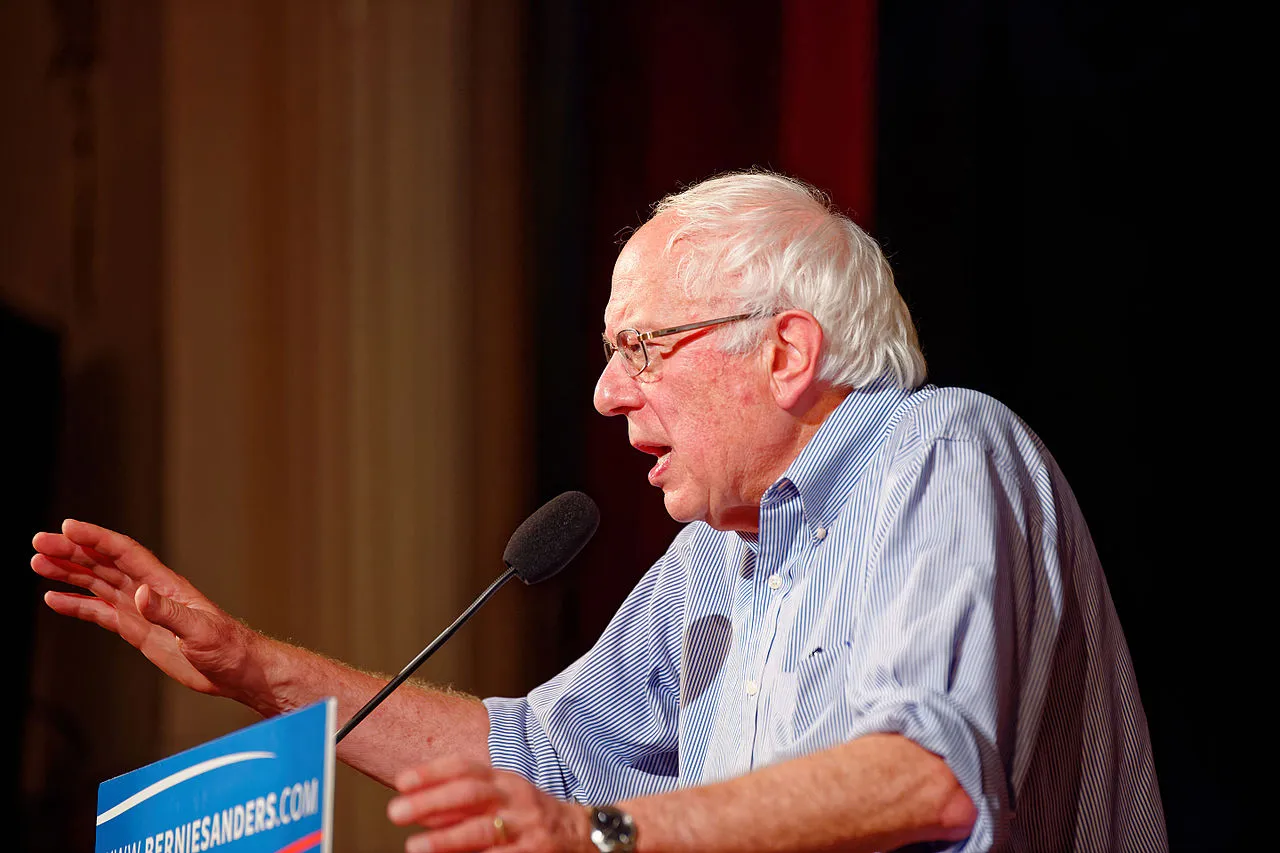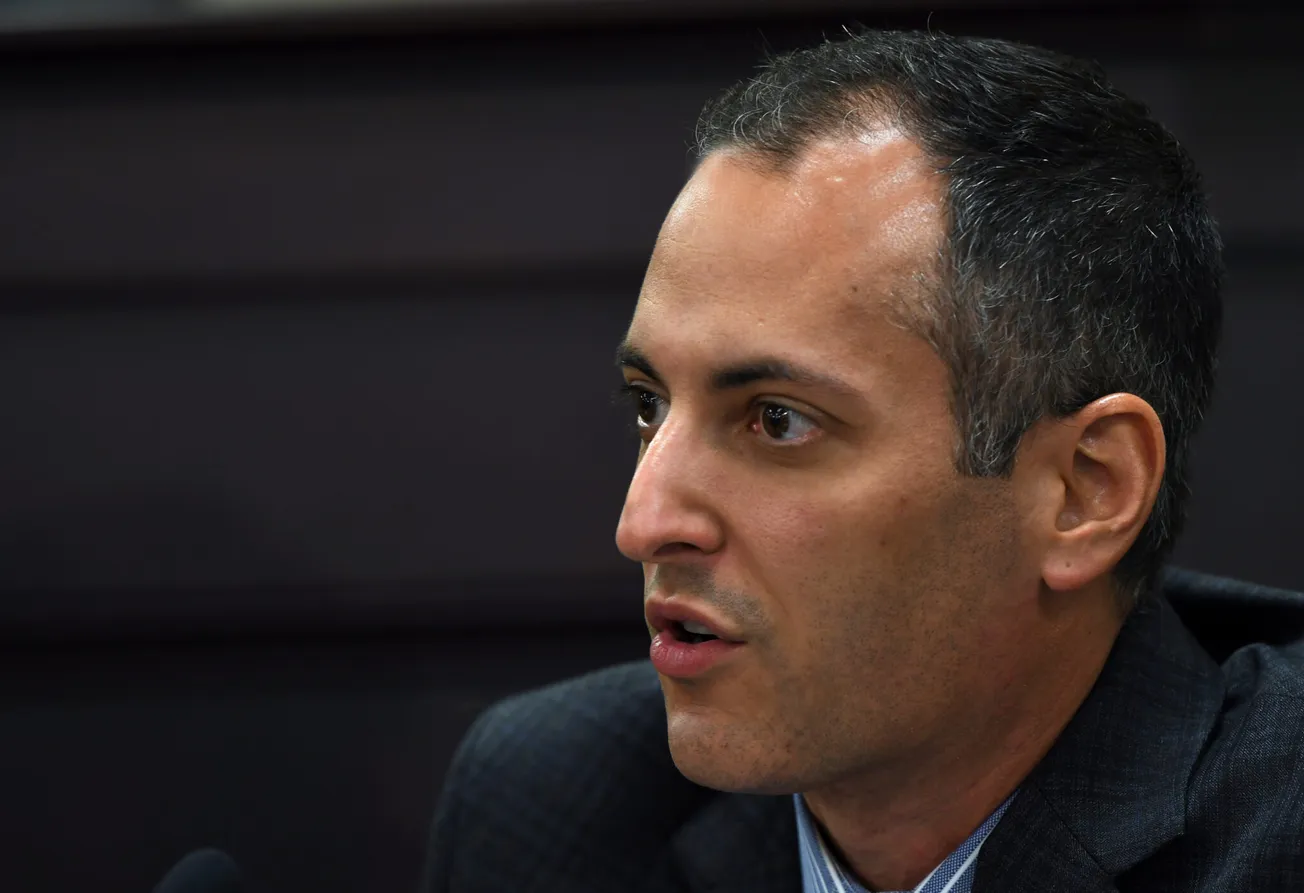On Tuesday, February 28th, Sen. Bernie Sanders (I-Vermont) and Representatives Bobby Scott (D-Virginia) and Brian Fitzpatrick (R-Pennsylvania) put forth a sweeping pro-labor bill that has been hailed as one of the most crucial pieces of legislation for the labor movement in the modern era of union busting.
With the support of nearly 200 cosponsors in the House and Senate, the lawmakers reintroduced the Richard L. Trumka Protecting the Right to Organize (PRO) Act, named for the former AFL-CIO president who died in 2021.
Ever since the bill was first introduced in Congress in 2019, passing the PRO Act has become a rallying cry of major unions, the left and labor advocates, who have long maintained that the U.S.’s easily exploitable, pro-business labor laws have eroded workers’ right to unionize and collectively bargain. The legislation would massively strengthen the ability of workers to unionize in the U.S. by removing a number of hurdles and loopholes that make it hard for workers to unionize.
Sanders, chair of the Senate Health, Education, Labor, and Pensions Committee, said that the bill is necessary to fight the increasing consolidation of power among the wealthy and corporations.
“We need to hold CEOs accountable for flagrantly violating labor laws, illegally firing pro-union workers, and closing down pro-union shops,” Sanders said in a statement. “If we are going to reverse the 40-year decline of the middle class, reduce the widening gap between the billionaire class and everyone else, and take on the unprecedented level of corporate greed in America, we have got to rebuild the trade union movement. That is what the PRO Act is all about.”
The bill would, among many other things, override anti-union “right-to-work laws”; expand fines and penalties for illegal activities, like firing a worker for being pro-union; and expand the number of activities that are considered illegal, like “captive audience” meetings where employers feed workers anti-union propaganda or delaying recognition of a union. It would also stipulate that “gig” contract workers like Uber and Lyft drivers are employees, allowing them to access the same labor and organizing rights as other workers.
Scott, the top Democrat on the House Committee on Education and the Workforce, highlighted that union activity is on the rise, no thanks to the U.S.’s weak labor protections. “As a historic number of Americans put their support behind labor unions, Congress has an urgent responsibility to ensure that workers can join a union and negotiate for higher pay, better benefits, and safer workplaces,” he said. “Passing the PRO Act is the most critical step we can take this Congress to achieve that goal.”
There currently appears to be a large appetite for organized labor activity in the U.S. In recent years, there has been a flurry of union activity in the service industry at companies like Starbucks, within institutions of higher education, and within the health care sector.
Last year in particular saw a large amount of labor actions, with union petition filings growing by 53 percent between fiscal years 2021 and 2022, according to the National Labor Relations Board (NLRB). Strikes are also on the rise: a recent report by Cornell University researchers found that the number of work stoppages rose by 52 percent in 2022. At the same time, public approval of unions hit a nearly 60-year high last year, Gallup polling found, giving hope to unionists across the country.
Recent data from the Bureau of Labor Statistics (BLS) put the recent growth of the union movement in sharp perspective, however. Though the sheer number of U.S. workers in unions grew in 2022, the proportion of workers in unions shrank to merely 10.1 percent, the lowest rate on record. This stands in contrast to historical numbers of union membership; in the 1940s and 50s, around 30 percent of the workforce was in a union.
Labor advocates have pointed to all of the above statistics as evidence that labor laws are holding back the potential for union membership in the U.S.
“The evidence is clear: Workers want to join unions, but many are robbed of the opportunity because the barriers are too high,” said Economic Policy Institute President Heidi Shierholz in a statement celebrating the reintroduction of the PRO Act. “The share of U.S. workers represented by a union hit an all-time low in 2022, despite strong public support for unions and an enormous increase in union election petitions before the National Labor Relations Board. The decline is in part because the decades-long, systematic attack on our foundational labor laws has created a hostile environment for workers seeking to organize.”
--30--
Written by Sharon Zhang, a news writer at Truthout covering
politics, climate, and labor. Cross-posted from Truthout.







